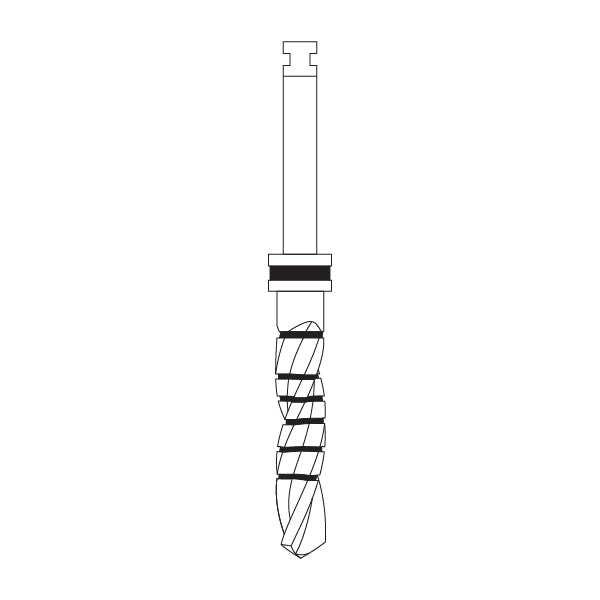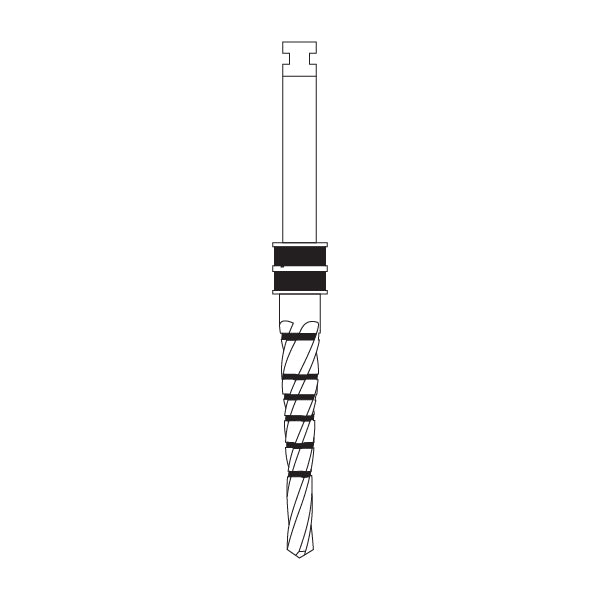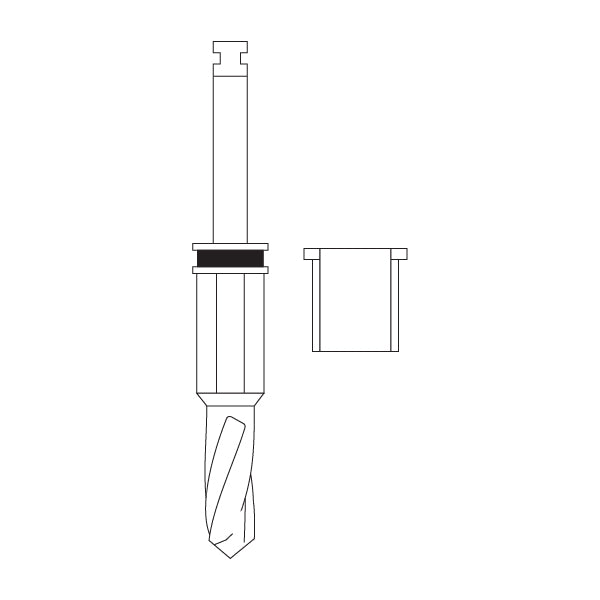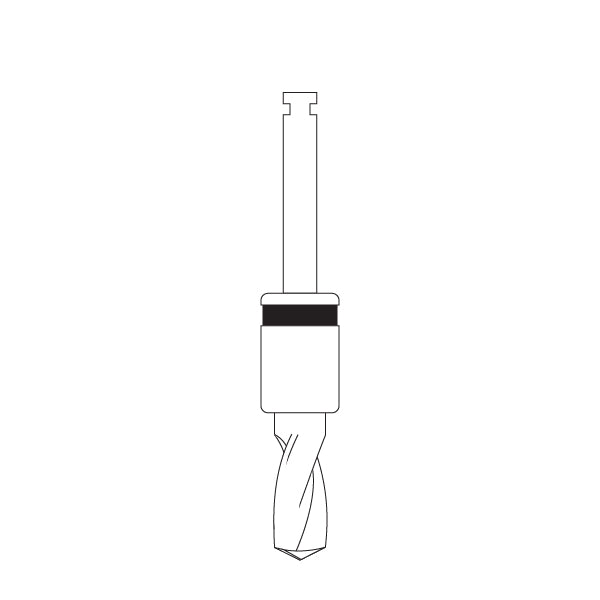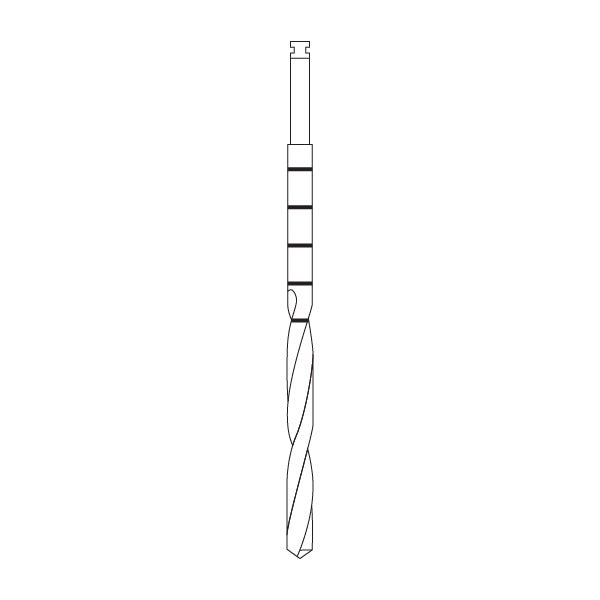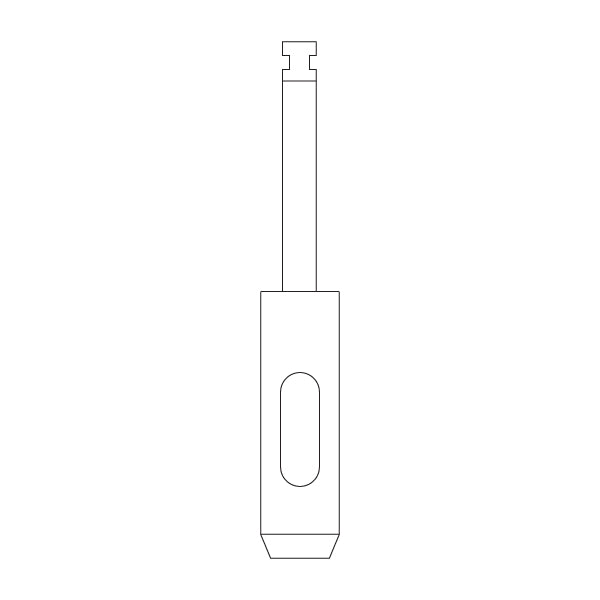Our sinus lift drills are designed for precision and safety in sinus augmentation procedures. Featuring advanced cutting technology, they come in various diameter options to meet diverse surgical needs.
Our selection includes gold-coated drills for enhanced durability and reduced friction, as well as diamond-coated drills for superior cutting efficiency and longevity. These coatings ensure minimal trauma and optimal outcomes, enhancing both surgical efficiency and patient satisfaction.
FAQs
To maintain and sterilize sinus lift drills, begin by thoroughly cleaning them after each use, using a soft brush, detergent, and warm water to remove tissue debris, blood, and bone fragments. Rinse the drills with distilled water and optionally use an ultrasonic cleaner to further remove debris. Ensure the drills are completely dry before proceeding to sterilization. Place the cleaned and dried drills in sterilization pouches or cassettes designed for autoclaving at high pressure and temperature.
Preventing membrane perforation during sinus lift procedures requires careful technique and attention to detail. Dentists can employ several strategies to minimize the risk of membrane perforation when using sinus lift drills. First, it's crucial to have a thorough understanding of the patient's sinus anatomy through preoperative imaging such as cone beam computed tomography (CBCT) scans. During the procedure, maintaining gentle and controlled pressure while advancing the drills helps prevent excessive force that could puncture the sinus membrane.
Additionally, gradually increasing drill sizes in small increments allows for controlled bone removal without placing undue stress on the sinus membrane. Finally, maintaining proper irrigation during drilling helps dissipate heat and reduce friction, minimizing the risk of thermal injury to the surrounding tissues. Regularly assessing the integrity of the sinus membrane throughout the procedure and adapting the surgical approach as needed can further mitigate the risk of perforation.
You need to fully check your patient’s situation before planning the surgery to understand everything you will need for it and the type of instruments you should look for. People often need sinus lifts when they lack bone height in their upper jaw.
If the position of the patient’s sinus cavity directly affects the placement of the dental implants, they may need a lift too. This happens when the cavity is too close to the area where you will place the implants.
Patients with a periodontal disease and previous tooth extractions may also need a sinus lift. However, the process may vary depending on the circumstances in which the surgeon performs it.
Selecting the appropriate drill for a sinus lift procedure depends on various factors, including the surgical approach, patient anatomy, and desired outcome. Dentists typically consider whether they're performing a lateral window or crestal approach sinus lift, as each technique may require different drill types.
For a lateral approach, specialized drills designed to create the osteotomy and access the sinus are essential, while for a crestal approach, drills suitable for osteotomy and implant placement may be necessary. Patient anatomy, such as sinus size, bone density, and membrane thickness, influences the choice of drill diameter and length. Dentists may opt for drills with varying dimensions to accommodate individual anatomical variations. Furthermore, the extent of bone augmentation required and the planned implant size also inform drill selection.

